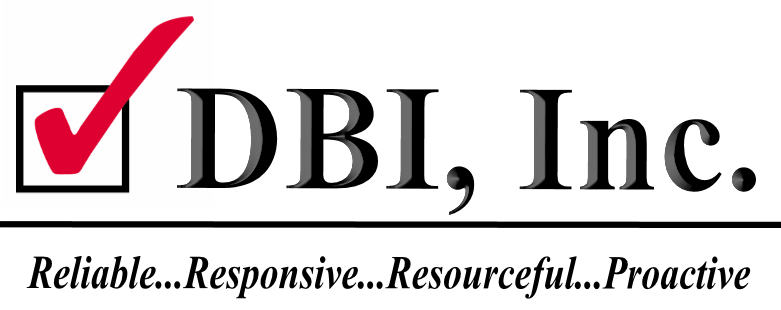DYE PENETRANT
TESTING
Non Destructive Testing: Dye Penetrant Inspection
Dye penetrant testing (PT) is one of the most widely and commonly used non destructive testing methods for detecting surface discontinuities in non-porous solid materials. Dye penetrant testing can be applied to virtually any magnetic or nonmagnetic material. PT offers a wide range of sensitivities and techniques that make it especially adaptable to a variety of sizes and shapes. Since it is extremely portable, dye penetrant testing is extremely useful for examinations that are in remote field locations. The PT method is also very appropriate in a production type environment where many smaller parts can be processed in a relatively short
period of time.
types of testing we offer
The main steps involved in all dye penetrant examinations are:
- Surface Preparation: One of the most critical steps of a dye / liquid penetrant inspection is the surface preparation. The surface must be free of oil, grease, water, or other contaminants that may prevent penetrant from entering flaws.
- Penetrant Application: Once the surface is thoroughly cleaned and dried, spraying, brushing or immersing the part in a penetrant bath applies the penetrant material.
- Penetrant Dwell: The penetrant is left on the surface for a sufficient time to allow as much penetrant as possible to be drawn from or to seep into a defect. Penetrant dwell time is the total time that the penetrant is in contact with the part surface. Dwell times are usually recommended by the penetrant producers or required by the specification being followed.
- Excess Penetrant Removal: This is the most delicate part of the inspection procedure because the excess penetrant must be removed from the surface of the sample while removing as little penetrant as possible from defects. Depending on the penetrant system used, this step may involve cleaning with a solvent, direct rinsing with water or first treating the part with an emulsifier and then rinsing with water.
- Developer Application/Dwell: A thin layer of developer is then applied to the sample to draw penetrant trapped in flaws back to the surface where it will be visible. Developers come in a variety of forms that may be applied by dusting (dry powdered), dipping or spraying (wet developers). The developer is allowed to stand on the part surface for a period of time sufficient to permit the extraction of the trapped penetrant out of any surface flaws.
- Inspection/Evaluation: Inspection is then performed under appropriate lighting to detect indications from any flaws, which may be present.
- Clean Surface: The final step in the process is to thoroughly clean the part surface to remove the developer from the parts that were found to be acceptable.
Advantages of Dye Penetrant Testing
- The method has high sensitivity to small surface discontinuities.
- The method has few material limitations, i.e. metallic and nonmetallic, magnetic and nonmagnetic, and conductive and non-conductive materials may be inspected.
- Large areas and large volumes of parts/materials can be inspected rapidly and at low cost.
- Parts with complex geometric shapes are routinely inspected.
- Indications are produced directly on the surface of the part and constitute a visual representation of the flaw.
- Aerosol spray cans make penetrant materials very portable.
- Penetrant materials and associated equipment are relatively inexpensive.
Disadvantages of Dye Penetrant Testing
- Only surface breaking defects can be detected.
- Only materials with a relatively nonporous surface can be inspected.
- Pre-cleaning is critical since contaminants can mask defects.
- Metal smearing from machining, grinding, and grit or vapor blasting must be removed prior to LPI.
- The inspector must have direct access to the surface being inspected.
- Surface finish and roughness can effect inspection sensitivity.
- Multiple process operations must be performed and controlled.
- Post cleaning of acceptable parts or materials is required.
- Chemical handling and proper disposal is required.
